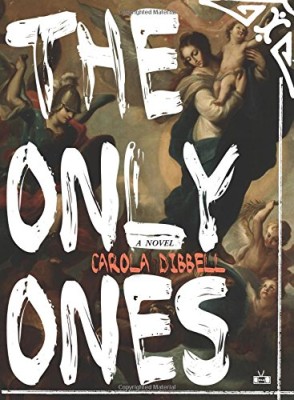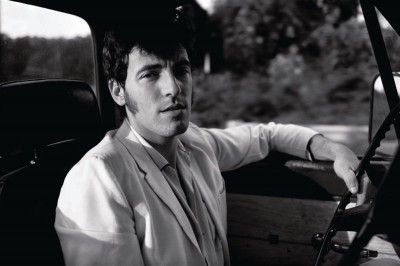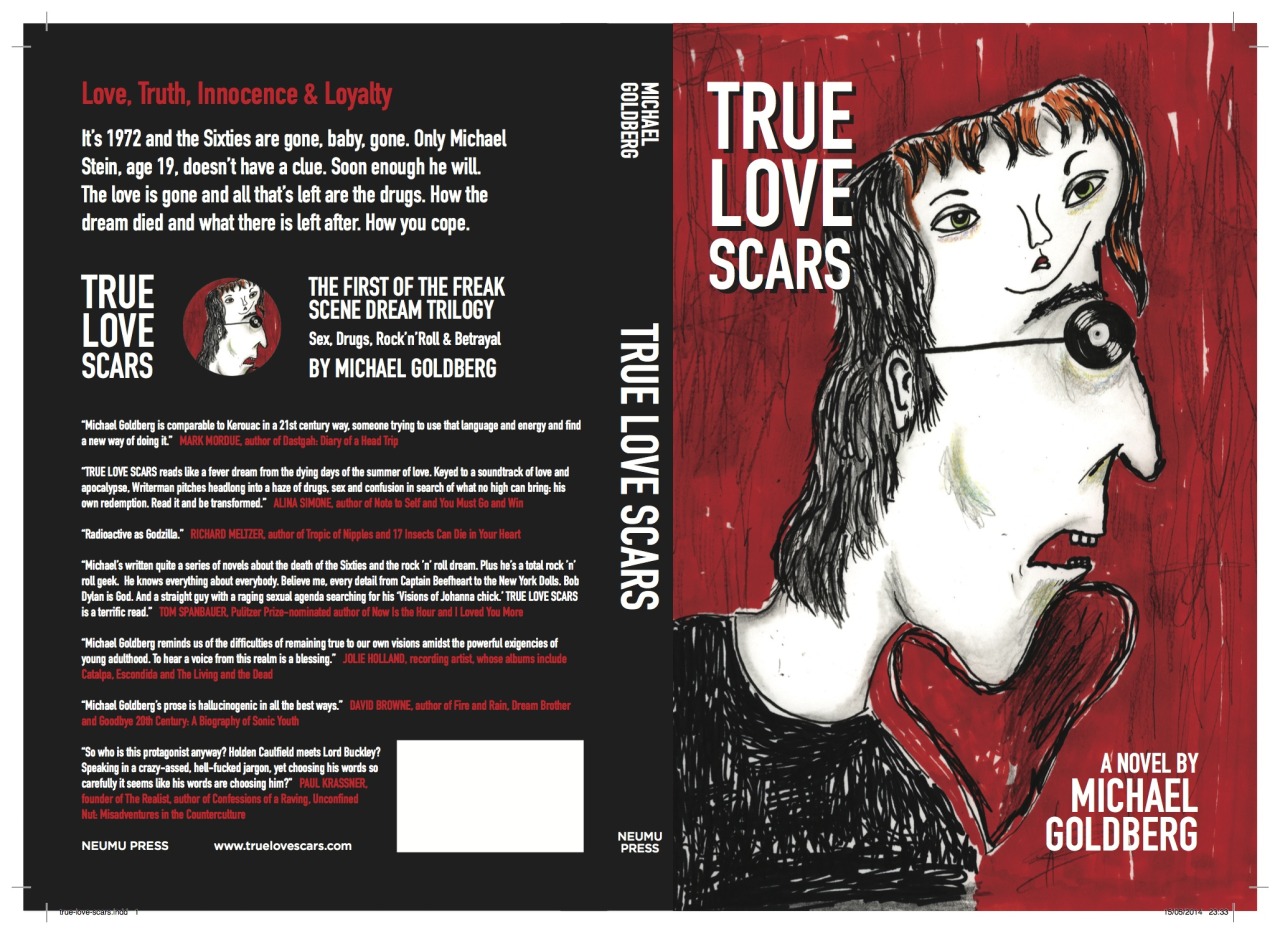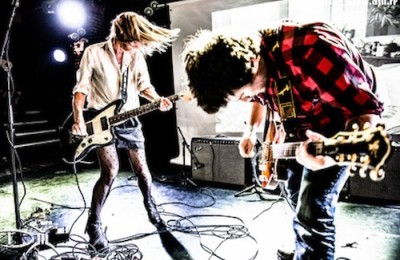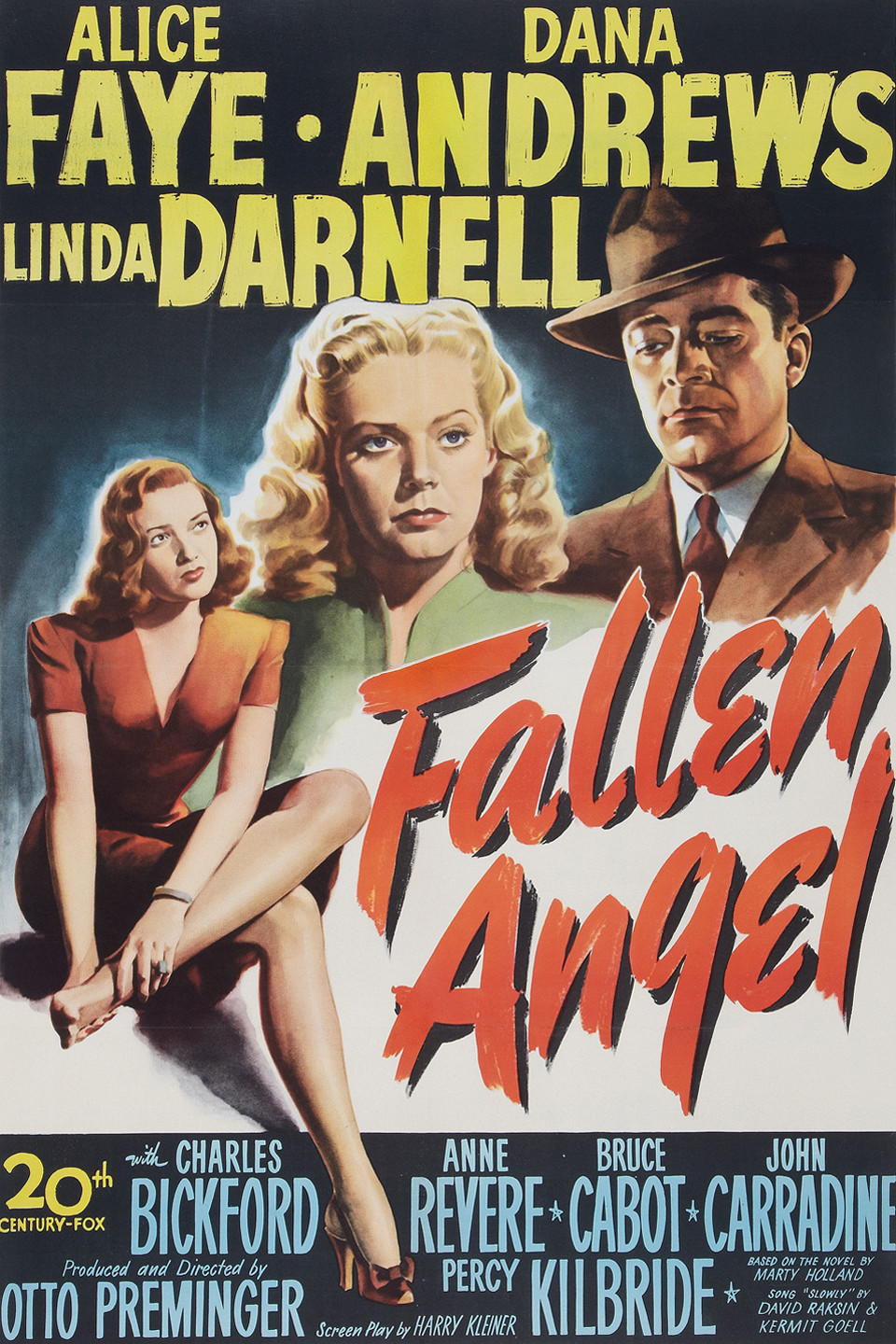
Part two of his Sinatra sessions are heavy with meaning, and a whole lot of fun too
By Michael Goldberg
A fallen angel is an angel who has sinned and been cast out of heaven.
“Everybody knows that torch singers are ‘fallen angels,’…” – Torch Singing: Performing Resistance and Desire from Billie Holiday to Edith Piaf by Stacy Holman Jones
Bob Dylan showed up at Daniel Lanois’ house in Los Angeles sometime in the later half of 2014 with recordings of 21 songs he’d made at the beginning of the year at the legendary Capitol Records Studio B in Hollywood where Frank Sinatra, Buck Owens, Merle Haggard, the Beach Boys and many others once made records.
“He [Dylan] said, ‘Let me tell you, Dan: If you have the time, can I tell you how I grew up?’ So we sat in the kitchen. I hadn’t heard a note.
“He spoke for an hour and a half on how, as a kid, you couldn’t even get pictures of anybody [the artists],” Lanois, who produced two Dylan albums, 1989’s Oh Mercy, and 1997’s Time Out Of Mind, recounted to a reporter from the Vancouver Sun in February of 2015. “You might get a record but you didn’t know what they [the artist] looked like. So there was a lot of mystery associated with the work at the time. As far as hearing live music, he only heard a couple of shows a year, like the Tommy Dorsey Orchestra might come through.
“But the music he did hear really touched him and he felt that a lot of that music was written not only by great professional songwriters at the time, but a lot of it was written from the heart, from the wartime, and people just pining for a lover. He felt there was a lot of spirit in that music. He felt there was a kind of beauty, a sacred ground for him.
“After having said all that, we then listened to the music and I felt everything that he talked about. For one of America’s great writers to say, ‘I’m not gonna write a song. I’m gonna pay homage to what shook me as a young boy,’ I thought was very graceful and dignified.”
Ten of the recordings Lanois heard that day were released on Dylan’s wonderful 2015 album, Shadows in the Night. What happened to the others is something of a mystery.
Read the rest of this review at Addicted To Noise.
– A Days of the Crazy-Wild blog post –

